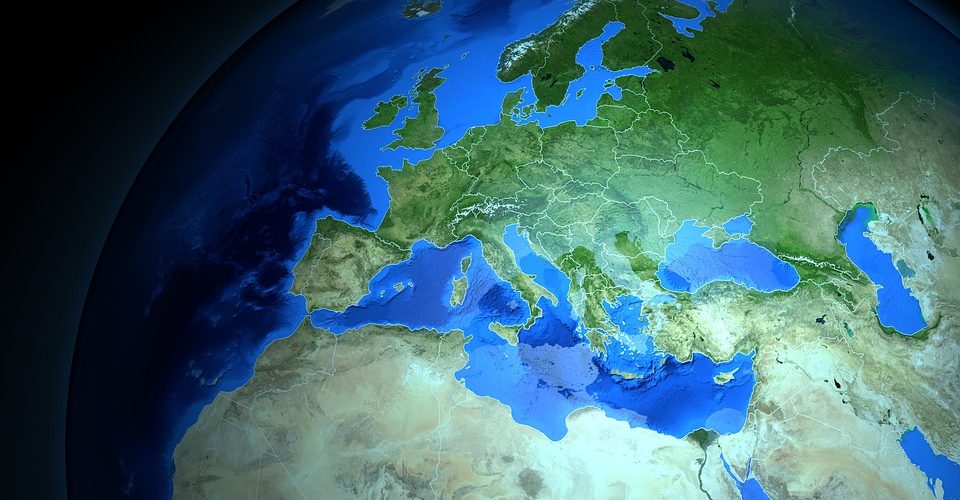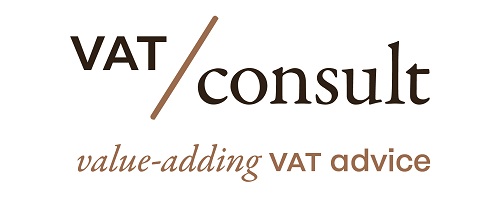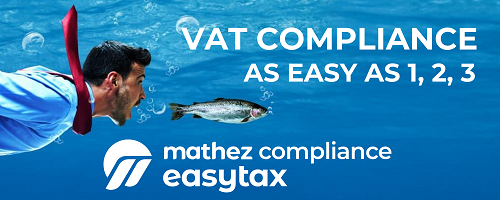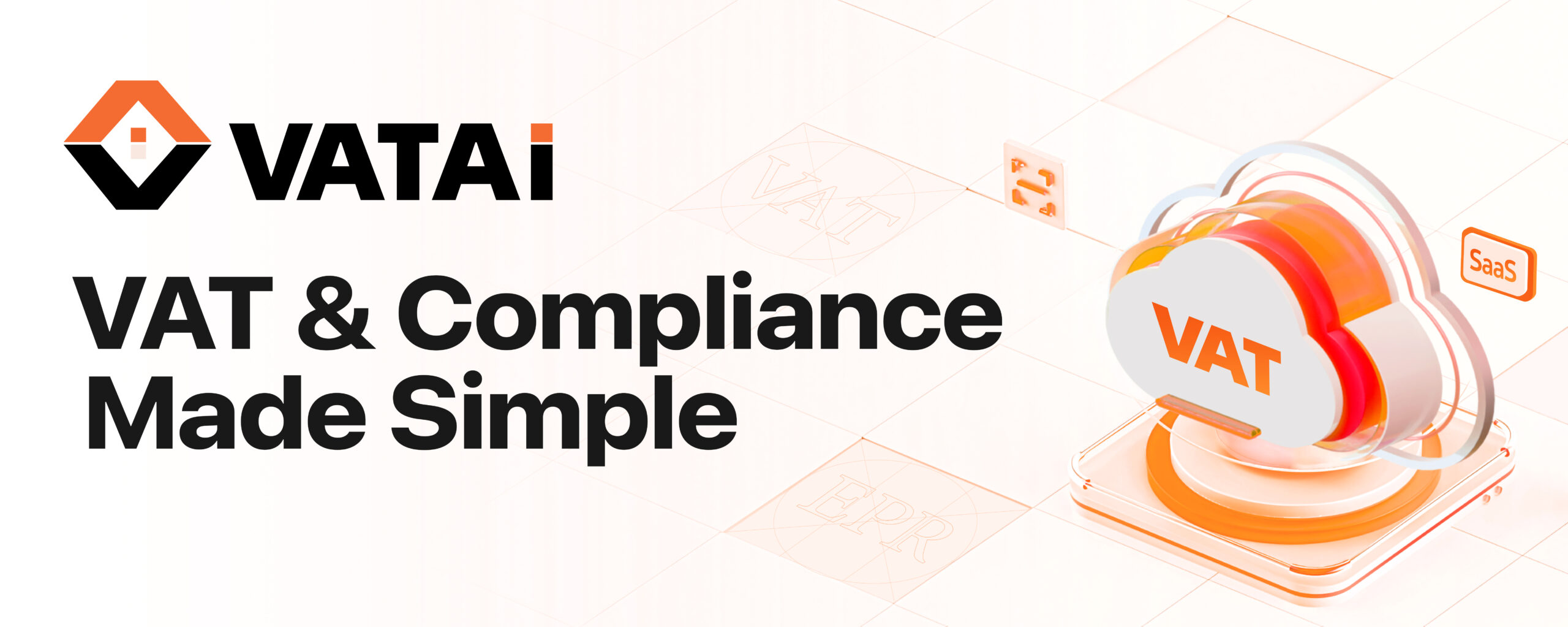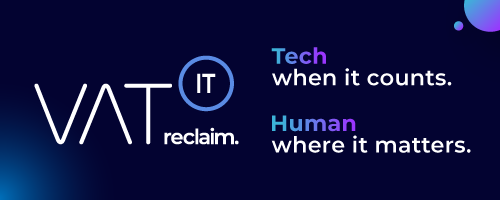The European Commission proposed a series of measures to modernize and make the EU’s VAT system work better for businesses and more resilient to fraud by embracing and promoting digitalization on 8 December 2022. The implementation of the measures on the Member States level is expected between 2023-2028.
Source SNI
See also
- ViDA Analyzed – Part 1: E-invoicing will be the general rule for the issuance of invoices – Legal basis
- ViDA Analyzed – Part 2: 2 days deadline for the issuance of invoices on intra-Community supplies
- ViDA Analyzed – Part 3: Elimination of the possibility to issue summary invoices
- ViDA Analyzed – Part 4: Content of invoice – More data elements added to allow automation of process reporting (Art. 226)
- ViDA Analyzed – Part 5: Call-Off Simplification (Art. 17a) introduced via the Quick Fixes will cease to exist
- ViDA Analyzed – Part 6: Digital reporting system for intra-Community transactions: Articles 262 to 271
- ViDA Analyzed – Part 7: Digital reporting system for supplies of goods and services for consideration carried out within the territory of one Member State: Articles 271a to 273
- ViDA Analyzed – Part 8: Platform economy: Deemed supplier regime for short-term accommodation rental and passenger transport
- ViDA Analyzed – Part 9: Single VAT Registration (SVR) and improvements to the existing e-commerce rules and the margin scheme
- ViDA Analyzed – Part 10: Member States should allow ”Domestic reverse-charge” (Art. 194)
Join the LinkedIn Group on ”VAT in the Digital Age” (VIDA), click HERE


